Type a few hundred words and publish them somewhere—poof, you will have a blog post. Or do you?
If a blog post is published and nobody reads it, is it still a blog post?
any person can write a blog post. But now not everyone can create one that people need to read.
on this post, you’ll learn how to write blog posts that if truth be told get readers.
Let’s get began.
A proven topic is a topic that folks need to read about.
If you’re familiar with the niche, then this shouldn’t be a biggie. You most likely have already got a lot of ideas you wish to cover. Open Google Docs and write they all down (use a notepad in the event you prefer analog).
otherwise, there’s no better way to seek out proven topics than to jot down about topics people are on the lookout for. In spite of everything, if there are lots of people searching for the similar topic month after month, then it’s very likely it’s something they want to examine.
Here’s how to define these topics:
- Go to Ahrefs’ Keywords Explorer
- Enter a term relevant for your website online or niche
- Go to the Matching terms report
- Switch the tab to Questions
Shop around a bit and look for the topics that interest you. Make a list—5 to 10 have to be enough first of all.
Ideally, they need to have some traffic potential too. Our metric, Traffic Potential, is the estimated amount of search traffic you'll potentially gain for those who rank number 1 for that topic. You will find if a subject has Traffic Potential by taking a look at the TP column.
With more than 4.4 million new blog posts published every day, your blog post has to stand out. In a different way, it won’t get discovered and nobody will read it.
the key ingredient here is novelty.
according to Julian Shapiro, there are five novelty categories:
- Counter-intuitive – “Oh, I never realized the arena worked that way.”
- Counter-narrative – “Wow, that’s not how i used to be told the sector worked!”
- Shock and awe – “That’s crazy. I would have never believed it.”
- Elegant articulations – “Beautiful. I couldn’t have said it better myself.”
- Make someone feel seen – “Yes! That’s exactly how I feel!”
for instance, take a look at this blog post by finance creator Morgan Housel:
He states something this is counter-intuitive to what most of the people know and think. The best idea or “truth” doesn’t win—instead, the most efficient story does. That is incredibly compelling to people in his field of finance. Indeed, it stands proud from the opposite news-based, fact-driven roughly articles they read.
Morgan does this always. He rarely writes about finance directly—instead, he’s at all times taking a look at the topic from the lenses of history, biology, anthropology, psychology, and more. It makes his posts unique, and the angle of his articles always sticks out.
It’s what it's a must to do. So take your time and call to mind an angle this is unique and novel on your audience. Use these inquiries to get started:
- Do you have got personal revel in with this topic? for example, if you’ve successfully implemented the keto diet, you'll be able to write about your experience and how you did it.
- are you able to interview experts? for example, you'll interview an expert about the latest research and findings in the keto world.
- are you able to crowdsource opinions and ideas? for example, if you’re writing about making keto-friendly ice cream, you'll crowdsource recipes.
- are you able to provide data or back your post with science? consider running a study (if possible) or looking through scientific research papers.
- are you able to be contrarian? Don’t be the devil’s advocate just for the sake of it. But in the event you truly have an opinion that’s opposite to everyone else’s, it can be a perfect angle.
If you’re blogging with search engine marketing in mind, then you’ll likely have to match search intent. Search intent is the why at the back of a search query. We will look at the current top-ranking pages to figure it out.
Specifically, we wish to understand the three Cs of search intent:
- Content type – Is there a dominant type of content at the SERP, such as blog posts, product pages, videos, or landing pages? When you followed step number 1, this is in all probability a blog post.
- Content format – Is there a dominant content format on the SERP, such as guides, listicles, news articles, opinion pieces, or reviews?
- Content angle – Is there a dominant angle at the SERP, such as freshly up to date content or content aimed at beginners?
as an example, let’s have a look at the subject of “date ideas”:
- Content type – They’re all blog posts.
- Content format – They’re all listicles.
- Content angle – A potential angle is “fun date ideas.”
If you’re writing about this topic, you'll have to create something an identical.
But note that this is not a rule but a guideline. Even though your post is ranking high on Google, it still has to stand out from the rest of the ranking articles. So it goes back to finding a novel and unique angle in your article. If you'll be able to create one that’s better than the opposite top-ranking articles, opt for it.

the hardest a part of writing is facing the blank page. It's conceivable to sit in front of your computer for six hours and churn nothing out. It happens to the best of us.
Creating an outline “solves” this problem. If you have an outline, you’re no longer writing from scratch. As an alternative, you’re filling the “gaps” in it.
What’s even better is that you just don’t have to create the description from scratch either. Spend enough time online, and you’ll realize that most blog posts’ structures are just about the similar.
So don’t be afraid to make use of templates. For example, we use this template for almost all our list-style posts:
Here are three more templates for other blog post styles you should utilize.
in case you have the skeletal structure in place, the next step is to determine what it's a must to fill in, especially the H2s, H3s, H4s, and more. Here are some ideas to help you out:
A. Use your personal revel in and expertise
Nothing beats your individual experience and expertise. If you know there’s a right approach to do something, use that knowledge to create your outline.
as an example, I’ve been breakdancing for more than 10 years now. If I had to create a blog post on how to do the six-step, I wouldn’t even need to do any research—I can simply pour the tips directly from my brain.
B. Run a content gap analysis
If there are subtopics that the majority the top-ranking pages cover, then it’s likely that they’re necessary to readers too.
Here’s how to define these subtopics:
- Paste a few top-ranking URLs to your main topic into Ahrefs’ Content Gap tool
- Leave the bottom section blank
- Hit Show keywords
- Set the Intersection filter to 3 and 4 targets
Here, you’ll see that these pages are ranking for subtopics like:
- What is inbound marketing.
- Inbound marketing strategies.
- Inbound marketing examples.
And more.
If you’re writing a blog post on “inbound marketing,” they’ll likely make good H2s.
Note that your goal isn't to copy and rephrase the top-ranking pages. The internet’s filled with that—cookie-cutter content no one’s focused on.
Your goal is simply to make use of top-ranking pages as inspiration. If they make good points, you can consider including them for your post. If they’re stating something that’s completely improper, then even better—take the risk to right kind the misconceptions.
along with your outline in place, it’s time to flesh that skeleton out into a rough draft.
I write mostly in Google Docs. An instantaneous perk is that i can turn the headings I’ve created into actual headings. I just need to click the “Styles” dropdown at the menu and change them:
You’ll have the ability to see your outline at the side too:
From here, use your headers as a guide and write your first draft. This stage is all about “getting it out.” That means:
- Avoiding any interruptions in your writing.
- not self-censoring as you go along.
- no longer many times rearranging your outline to make things glide better.
- not rewriting the similar sentence 10 times just because it “doesn’t read fairly right.” 😅
I know, I know. It’s easier said than done. Still, try to minimize interruptions. There’s time to edit for perfection later—this stage is all about getting everything down on paper (or screen) so you've got something tangible to work with. As author Shannon Hale writes:
I’m writing a first draft and reminding myself that I’m simply shoveling sand into a box in order that later i will build castles.
One “trick” you can believe is to make use of the Pomodoro Technique. It’s my go-to if I’m stuck, distracted, or procrastinating.
the fundamental idea: Set a timer for 25 minutes, write as much as you can, then take a break for five minutes. Rinse and repeat. You can use a Chrome extension like Marinara to automate your Pomodoros.
- State the Problem
- Agitate the problem by digging more into the pain (felt by the reader)
- Offer a potential Solution
Here’s what it looks like within the wild:
“I have rewritten—often several times—every word i have ever published. My pencils live longer than their erasers.”
Here’s the surprise: even supposing the activity is named “writing,” the magic is not in that. Somewhat, it’s within the editing phase where the real blog post appears.
This stage—after you’re done along with your first draft—is all about editing, polishing, trimming, and rewriting.
My recommendation is to just edit after one or two days have passed. Why? Because you’re too emotionally invested when you’re first done drafting. The time gap might be helpful to take away this attachment so you can actually edit with fresh eyes.
Here’s what you are able to do during the editing process:
- Use Grammarly – Great for checking grammar mistakes.
- Read your draft out loud – Catch where it doesn’t drift well.
- get a divorce long sentences – Turn sentences with endless “ands” and “thats” into short, punchier ones.
- Add formatting where relevant – Images, GIFs, bullets, numbered lists, bold, italics, and more make your writing easier to read.
- Pepper in “flow” – Wherever the opportunity arises, consider adding transition words and cliffhangers so that the rhythm of your post isn't static.
You must also pay extra attention for your intro, as this is how your reader will make a decision if they are going to continue reading.
When you’re done with the self-editing, get feedback from someone else. If in case you have an editor to turn your draft to, great. Another way, a friend or colleague works absolutely fine as well.
What’s vital here is to get an impartial pair of eyes to your work.
chances are high that that a third party might be in a position to show such things as logical loopholes and poor float that you just won’t have the ability to spot by yourself.
We do this for each and every blog post at Ahrefs. We even “call out” the contributors:
When they’re done, incorporate their feedback where relevant. Build off their ideas and opinions to supply the most efficient piece of work conceivable.
make an effort to think about each point that was once made. Set aside your ego and actually try to see things from a third party’s perspective: Which points do you agree with, which might be you unsure about, and which do you no doubt not agree with?
Make edits based on the suggestions you consider in and leave out the stuff you feel strongly against (but be sure to have a logical explanation for doing this). If you’re at the fence, it all comes down to how much you trust the person giving you feedback.
Also, watch out now not to incidentally adopt the writing style of a third party, especially if they offer feedback in long form or if you’re incorporating many of their suggestions. Again, if imaginable, take a break from drafting and work on something else. Then, when you come back to it, try and rewrite the section in your personal voice and style.
now is the time to rewrite sentences until they “sound right” or rearrange your points time and again until they drift the most productive they can.
Keep getting feedback and revising your draft until you’re proud of the final product.
“On the average, five times as many people read the headline as read the body copy.”
Your headline is one in every of the most important aspects of your blog post. It determines whether someone comes to a decision to click through and read. So you must take some time and polish it until it is compelling.
Don’t stop on the primary headline you create. Come up with a couple of and see which one looks best possible. Viral website online Upworthy notoriously created 25 headlines for every article it published.
I’m not asking you to create clickbait headlines find it irresistible. But the exercise can be a fruitful one. As singer-songwriter Ed Sheeran puts it, and I paraphrase, “It helps to clear the wastewater from the faucet.”
That said, here are some tips for writing better headlines:
- Use “power words” – Words like “remarkable” and “noteworthy” lend a hand trigger an emotional response. Sprinkling one or two can make your headlines more compelling.
- Add parentheses – Parentheses enhance your title tag by adding the “icing on the cake.”
- How to write an impossible to resist Headline in 3 Easy Steps
- 7 Blog Title Formulas That Get Clicks (With Examples)
even if you’re no longer blogging with SEO in mind, you’ll want serps to seek out your post and rank it. After all, Googling is still one of the crucial major ways other people discover new content to read online.
It’s a good suggestion to follow simple search engine optimization absolute best practices for every blog post you’re publishing. At the basic level, you should:
- Include the subject in the title – You’ve almost certainly naturally included this when you were brainstorming your headlines. Finally, if you’re writing about intermittent fasting, it’s difficult to no longer mention it. Don’t worry in case you haven’t, though; a close variation works too.
- Write a compelling meta description – this is not a Google ranking factor, however it helps to “sell” your article in the hunt results.
- Use short, descriptive URLs – this type of URLs makes it easy for searchers to know what your post is about. The most straightforward way is to make the slug your topic.
- Add alt text for your images – Google uses alt text to understand images. Create a concise but accurate one for each and every image you use.
- Link to internal and external resources – Cite other people where relevant. It’s also helpful for readers who want to be informed more.
If you’re using a content management system (CMS) like WordPress, installing plugins like Yoast or RankMath can make doing all of this a cinch.
really helpful reading: On-Page SEO: The Beginner’s Guide
You’re finally able to publish your post!
Upload your post into your CMS. Or if you’re the usage of WordPress and have some budget, think about using Wordable. This allows you to do a one-click upload from Google Docs into WordPress. So easy.
Then give it some other quick look to make sure all’s taking a look good. In any case, hit “publish”!
It’s the truth—blogging is extremely competitive these days. Your content, regardless of how good, will not be came upon on its own. You must go out and let other folks know it exists.
consider using some of these tactics to advertise your content:
- Share it along with your audience – you might imagine you don’t have an “audience,” especially if you’re just starting out. But you've friends, circle of relatives, colleagues, and followers on existing social media accounts. Share it with them! They’ll be your biggest supporters. Then, through the years, as you build up your audience (e.g., an email list), you'll be able to share your articles with them too.
- Email folks you mentioned for your content – Find the emails of those other folks you’ve cited or linked to and achieve out to them. They’ll be happy to grasp they’ve been featured.
- Share your content in relevant communities – Facebook groups, Slack communities, Discord, Reddit, and forums—if you're a member of any communities, you can consider sharing your content there. But be mindful, don’t spam!
really useful reading: 13 Content Promotion Tactics to Get More Eyeballs for your Content
Final thoughts
with a bit of luck, this post has shown you writing a blog post that individuals want to read isn't a difficult process. You can do it too.
Now, go on and get started—that blog post isn’t going to jot down itself.
Any questions or comments? Let me know on Twitter.

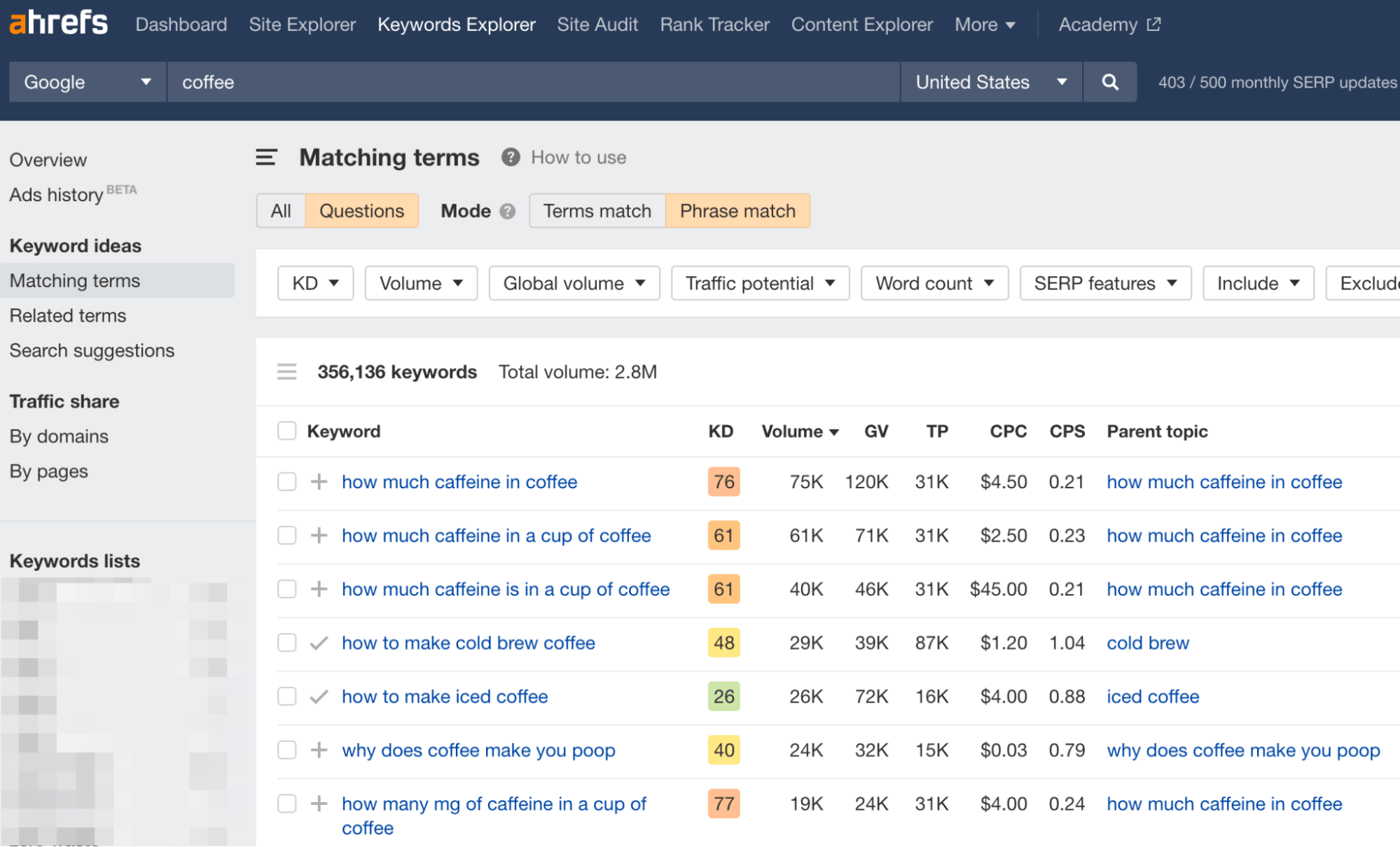

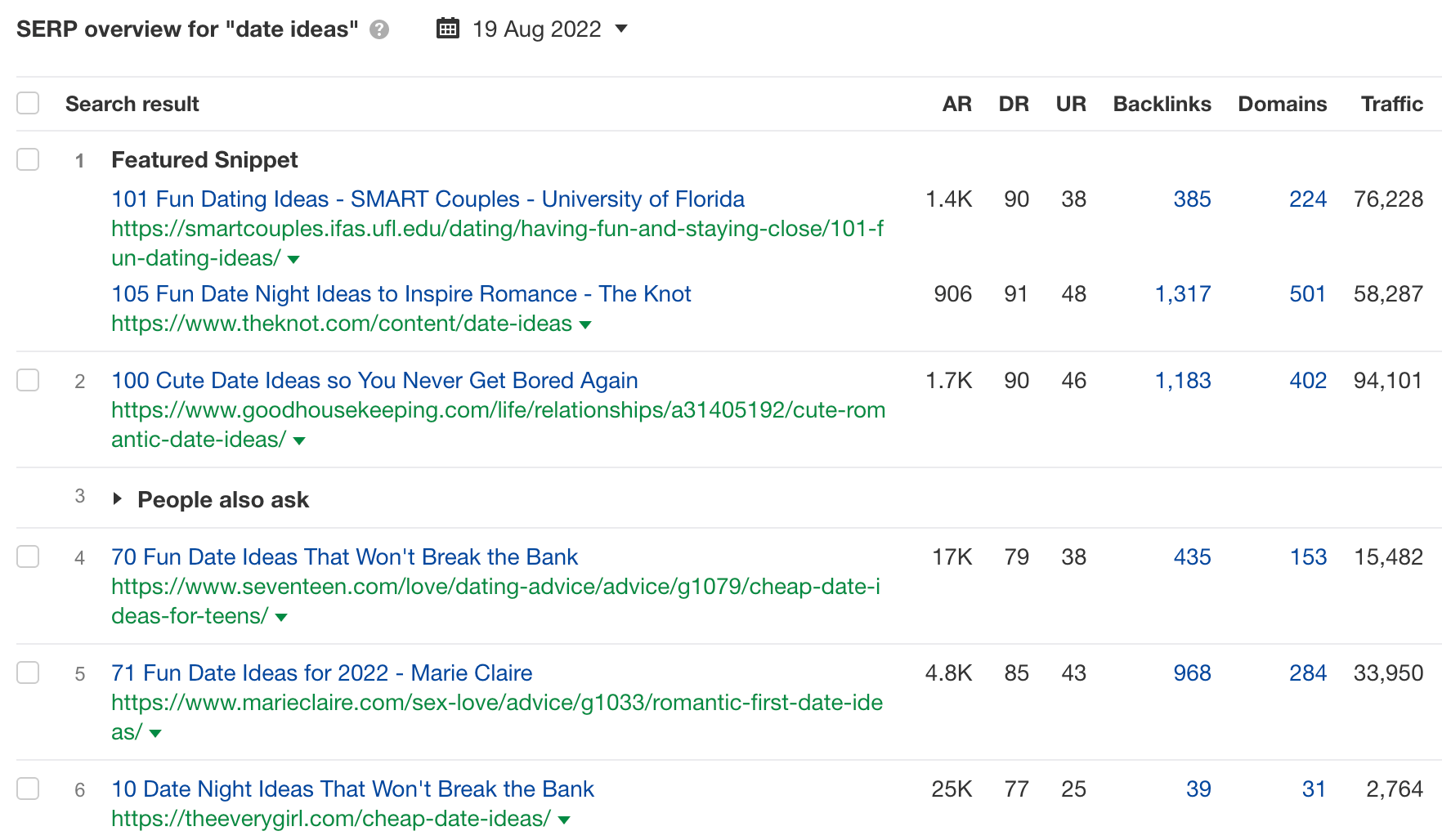
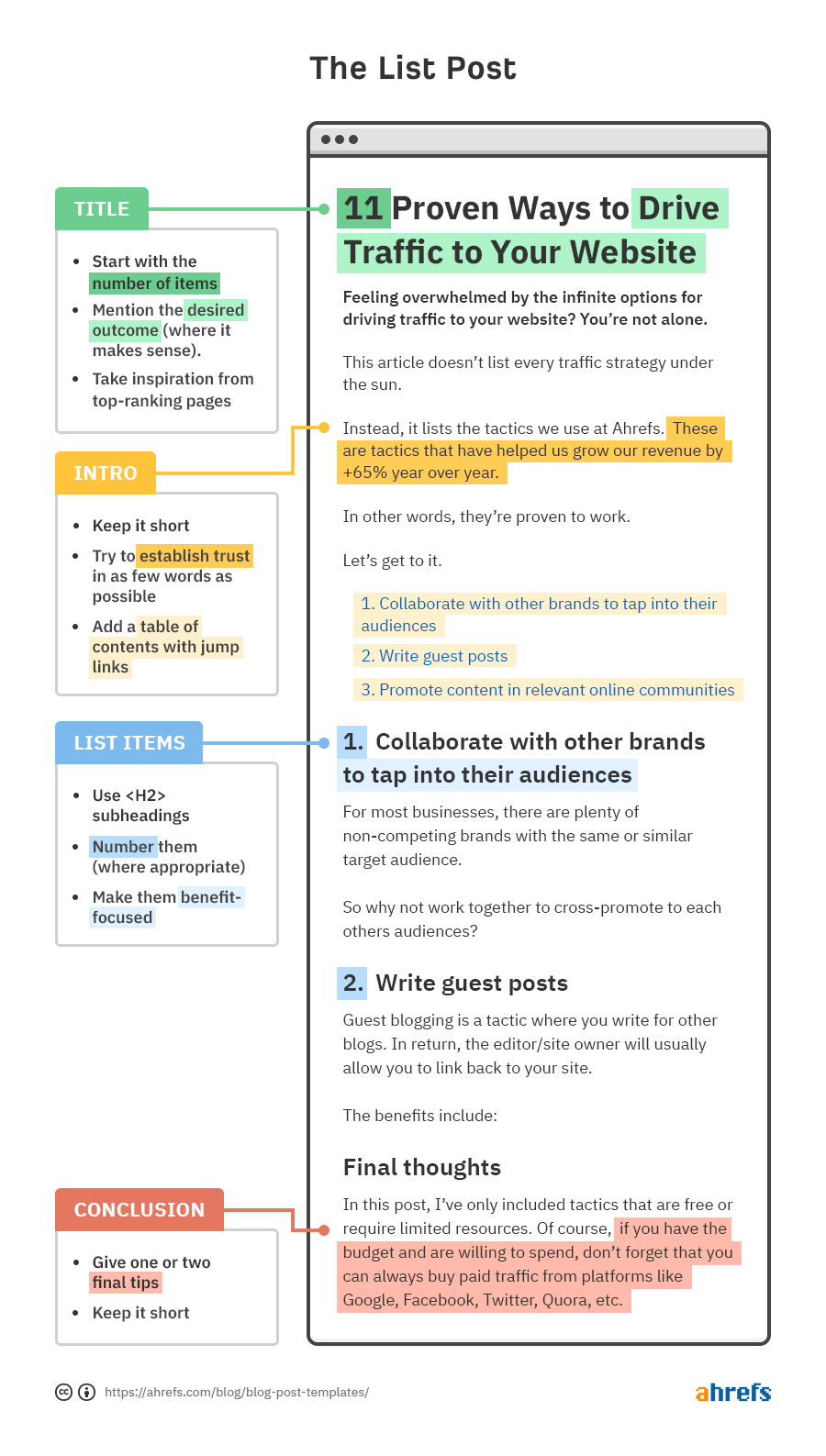
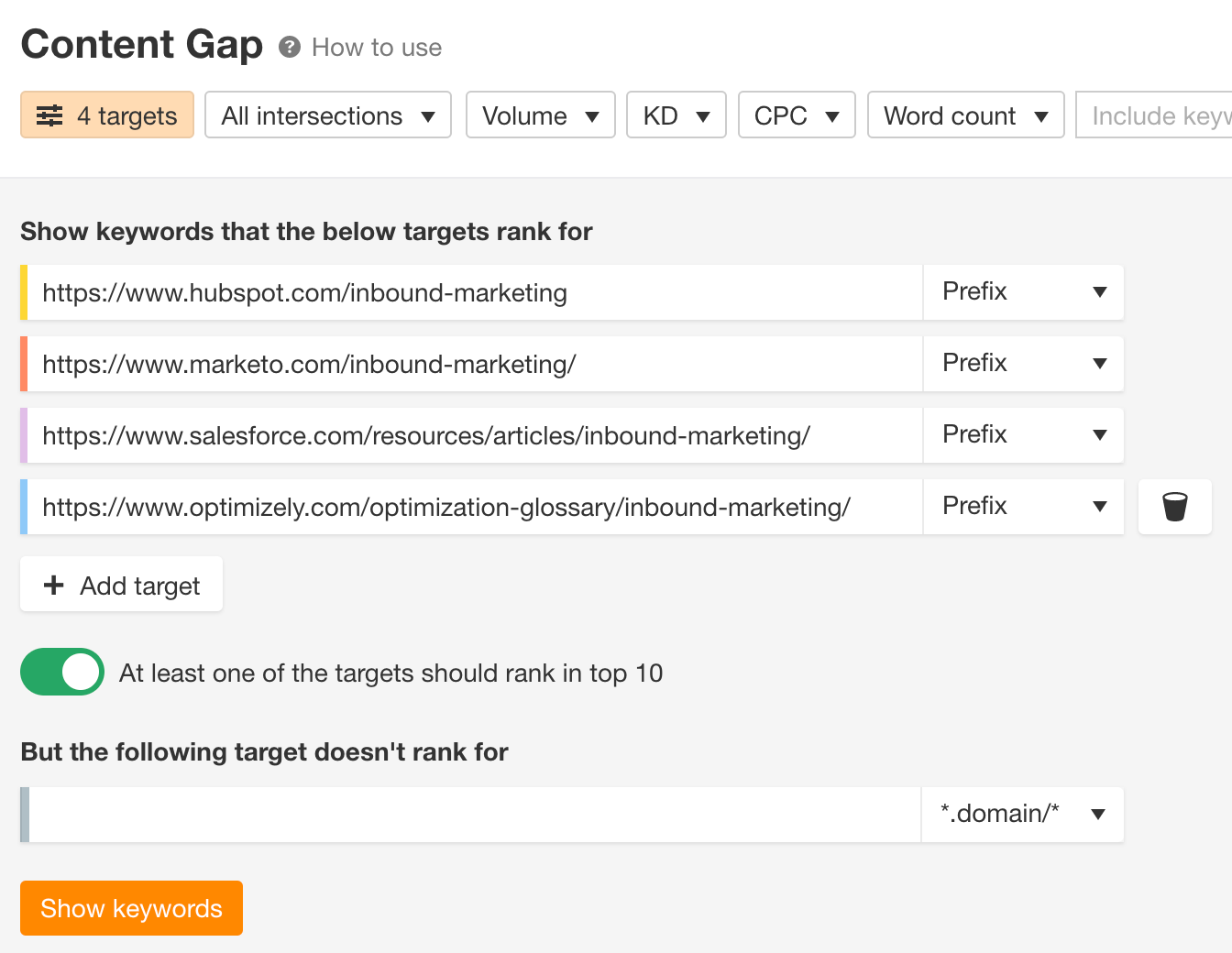
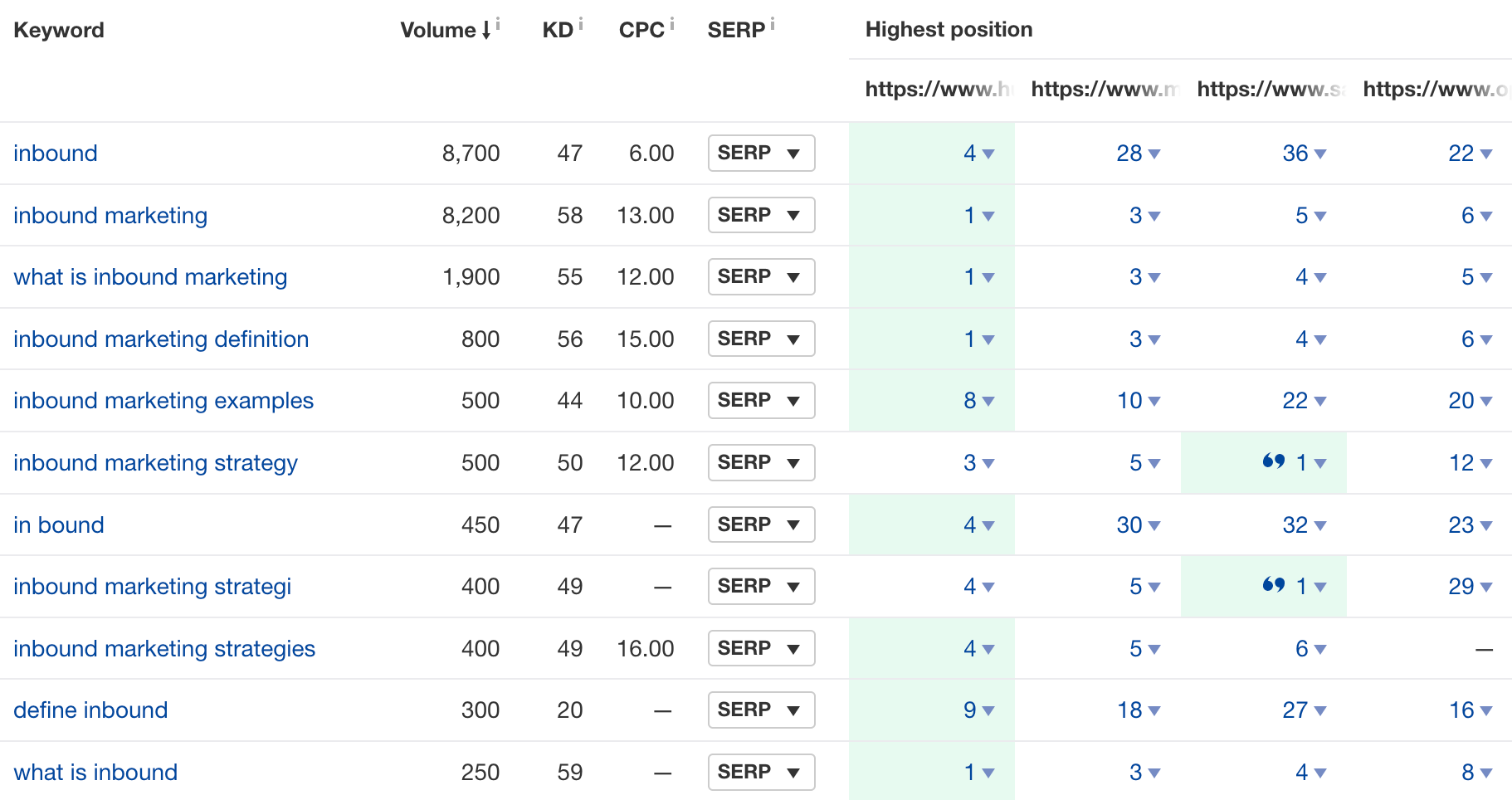
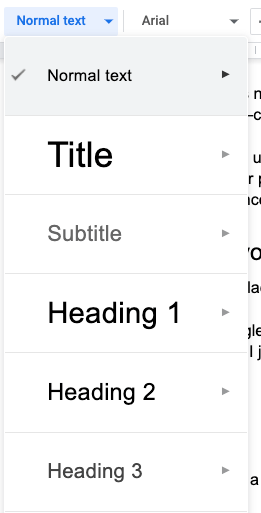
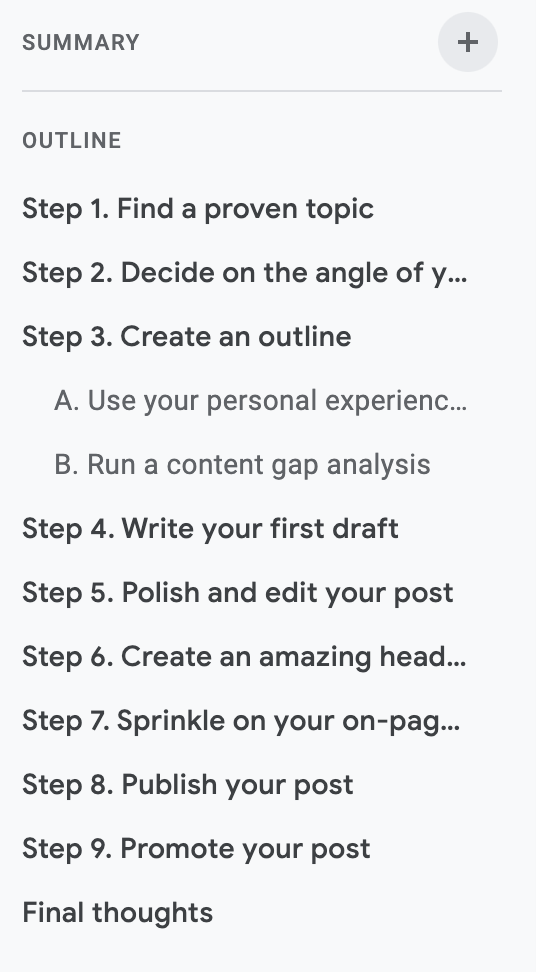
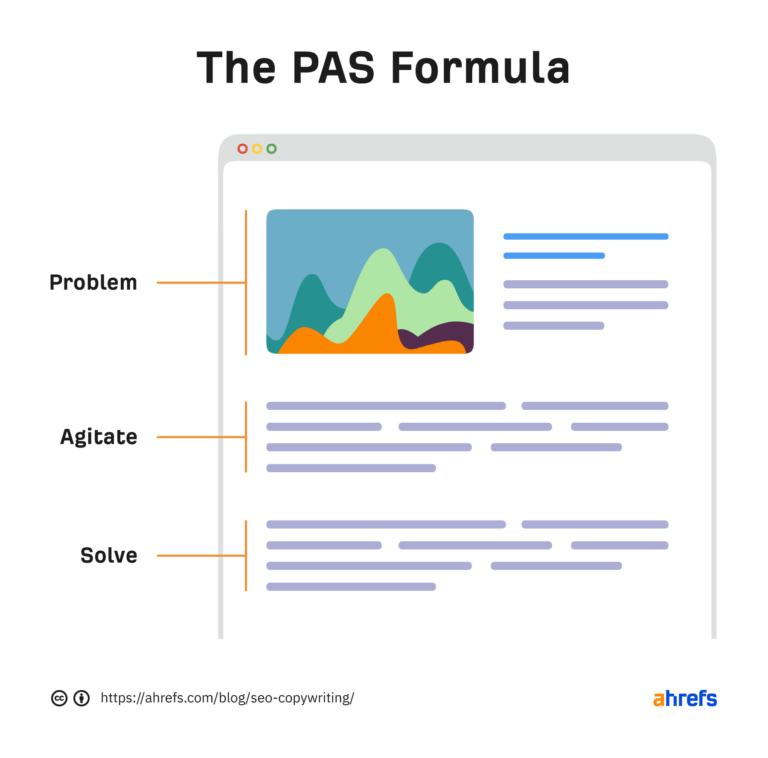
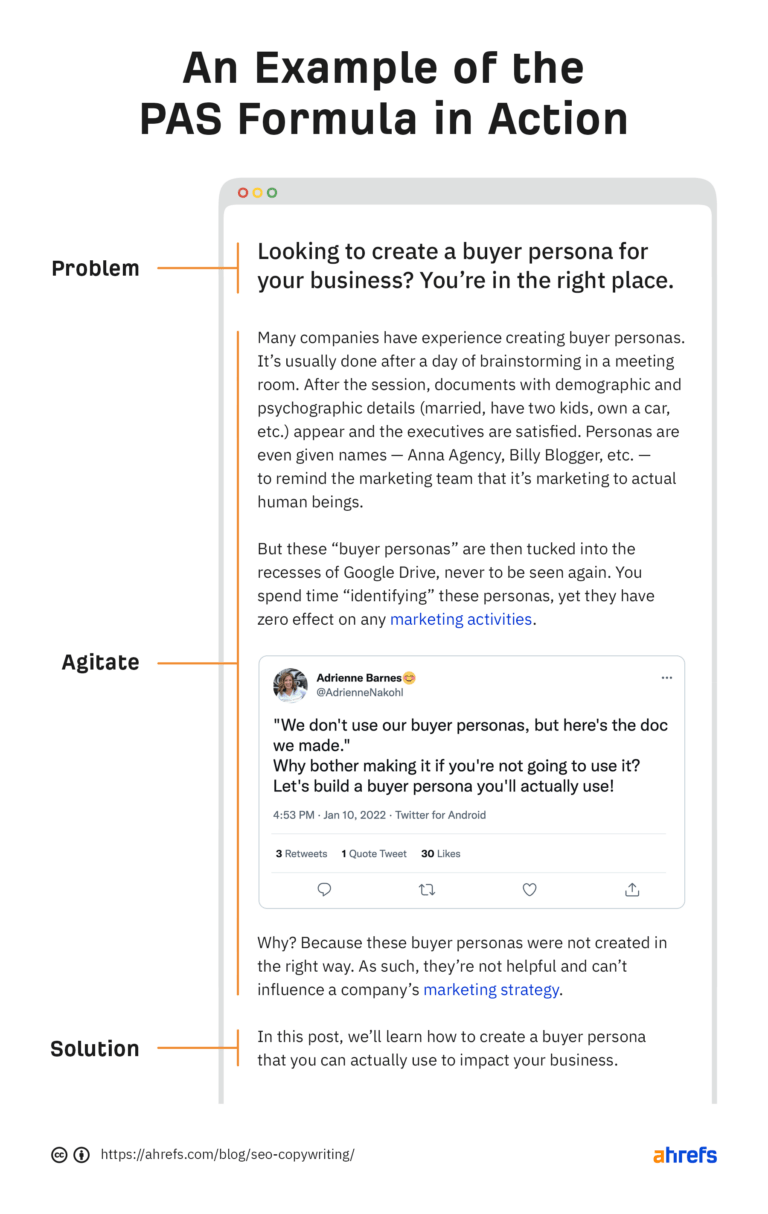



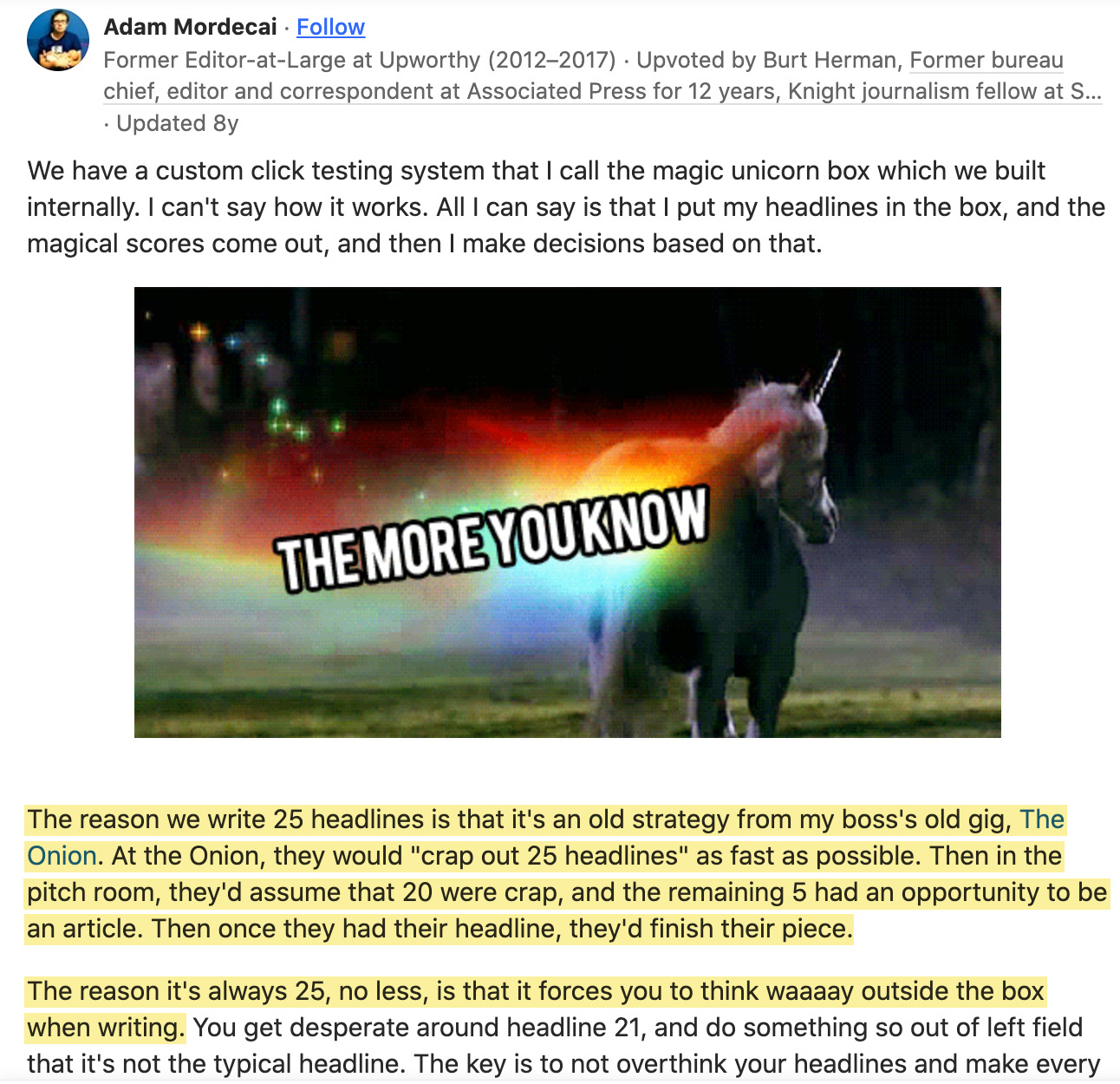

0 Comments